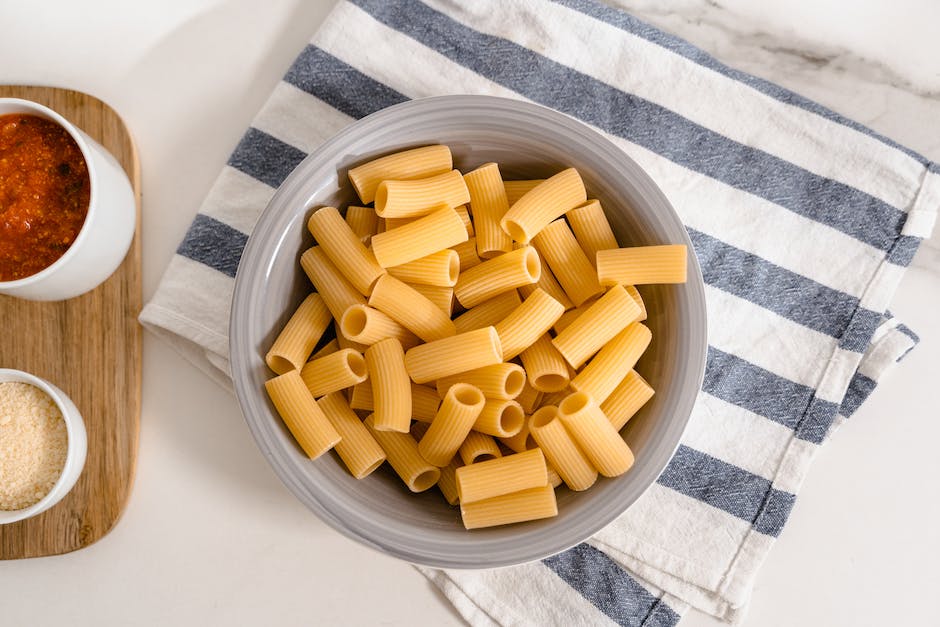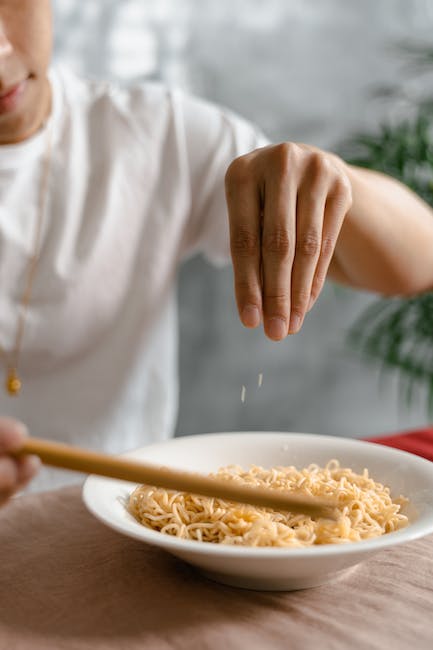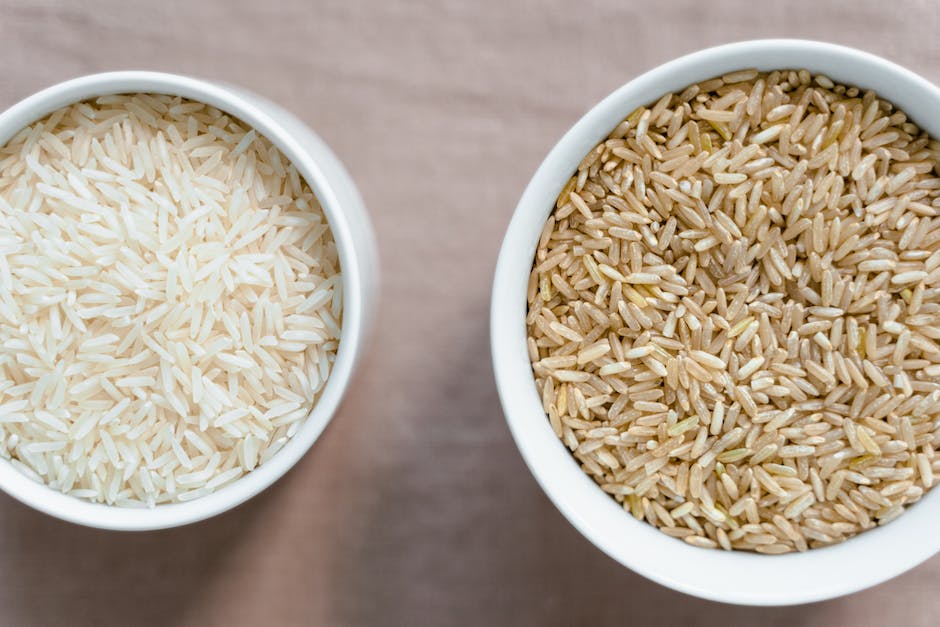
1. Introduction to How to Tell if Chicken is Bad
Before we venture into the kitchen to cook some chicken, we must first ascertain if it is safe to consume. There are a few clues that tell us that our meat might have passed its proverbial prime and is no longer safe to eat. If the chicken is bad, it’s often an indicator that it may cause a foodborne illness.
One popular method used by many is the ‘smell test.’ Though this test is fairly reliable, it is not the only method that can be used. The color of the chicken, its texture, and even the expiration date listed on the package of chicken can be essential signs towards the chicken’s quality.
2. Observing the Expiration Date
An important step in assessing whether chicken is still good is to take a look at the expiration date on the package. This date is usually a clear indicator of when the chicken would be considered unsafe to eat. It provides a timeline for when the chicken is no longer safe to eat.
However, it is essential to note that this is not an absolute rule. Sometimes, even if the expiration date hasn’t been reached, the chicken can still develop signs of spoilage. So, while the expiration date is a good starting place, it should not be the sole basis for your decision.

3. Using the Smell Test
The smell test is a reliable method to identify if chicken is bad. If it has a foul odor, similar to rotten eggs or garbage, it’s time to toss the chicken as it can cause food poisoning. This odor is usually due to bacteria that cause spoilage indicating that the chicken is no longer safe to consume.
However, the smell test alone should not be relied upon, as bacteria causing foodborne illness may not always produce a bad smell. Always use multiple methods to ascertain if chicken is bad.

4. The Aspect of Changing Colors
Another effective way to check if the chicken is safe to eat is by looking at its color. The color fades or darkens in chicken that has gone bad. Fresh chicken should have a pinkish hue. If the chicken appears grey or transparent, it may be unsafe to consume.
This method, like the smell test, is not entirely foolproof. Sometimes, chicken can change color due to light exposure or freezing temperatures and still be safe to eat. Always cross-check with other methods for a safe decision.

5. Checking for Slimy Sticky Textures
Fresh chicken should feel slightly moist but never slimy sticky. If running your fingers over the chicken gives you a slimy feeling, it’s time to toss it away. The slime-like texture is a sign of bacterial growth, which could lead to food poisoning.
Again, it is vital to combine this test with others for accuracy. For instance, a chicken can become slimy after defrosting, but this does not necessarily mean that it is bad.

6. Understanding Freezer Burn
Freezer burn on frozen chicken might not indicate that the chicken is bad, but it can affect its taste and texture. Freezer burn occurs when chicken in the freezer is exposed to air, dehydrating the surface. This makes the chicken safe to eat but unpleasant in terms of flavor and mouth-feel.
Despite the chicken being safe to eat, it is often best to cut away the freezer burned portions before cooking chicken for a better dining experience.

7. Judging the Appearance of Cooked Chicken
The method of checking if raw or cooked chicken is bad follows similar principles. For cooked chicken, apart from the smell test and slimy texture, the internal temperature also counts. The chicken is safe to eat if it has reached an internal temperature of 165°F.
Not reaching the stipulated temperature means the bacteria that could cause foodborne illness may still be present in the cooked chicken.

8. An Approach for Frozen Chicken
A key point to remember while storing frozen chicken is that if properly stored, it can last indefinitely in the freezer. However, for the best taste and maximum quality, it is best to consume packaged frozen chicken within 12 months.
Always check for signs of freezer burn as it can impair the quality, though not the safety, of the chicken for consumption.

9. Understanding the Risks of Eating Bad Chicken
Eating bad chicken exposes you to the risk of foodborne illnesses, which can cause symptoms like nausea, vomiting, and diarrhea. The severity of symptoms can vary based on the type of bacteria present, quantity consumed, and individual health condition.
Preventing foodborne illnesses begins with understanding how to tell if chicken is bad and taking steps to throw it away when signs indicate that it is no longer good.

FAQ
1. How quickly does chicken go bad after the expiration date?
The chicken typically goes bad within 1-2 days after the expiration date, depending on how it was stored.
2. How can freezer burn be prevented?
Proper packaging such as using airtight containers or heavy-duty aluminum foil can prevent freezer burn.
3. What to do if the chicken smells OK but the color has faded?
If there are no other signs of spoilage (smell, texture), and it’s within its use-by date, the chicken should be safe to eat.
4. Does cooking bad chicken make it safe to eat?
No, certain bacteria can produce toxins that are not destroyed even when the chicken is cooked.
5. How important is the internal temperature while cooking chicken?
Extremely important. The chicken is safe to eat only if it has reached an internal temperature of 165°F.
6. Can I eat chicken that has been frozen for over a year?
Yes, chicken can be frozen indefinitely. But for the best taste, it is best to consume the frozen chicken within 12 months.
7. Is there any risk of food poisoning from eating chicken with freezer burn?
No, freezer burn does not make chicken unsafe, but it can degrade its quality and flavor.
8. Will bad chicken always smell bad?
Not always. While a bad smell is a clear indicator, there are instances where bad chicken may not smell.
9. Is chicken bad if it’s slimy?
If the chicken feels slimy sticky, it might be due to bacterial growth and should not be consumed.
10. Can chicken turn bad before the expiration date?
Yes, if it is not stored properly, chicken can go bad before its expiration date.








